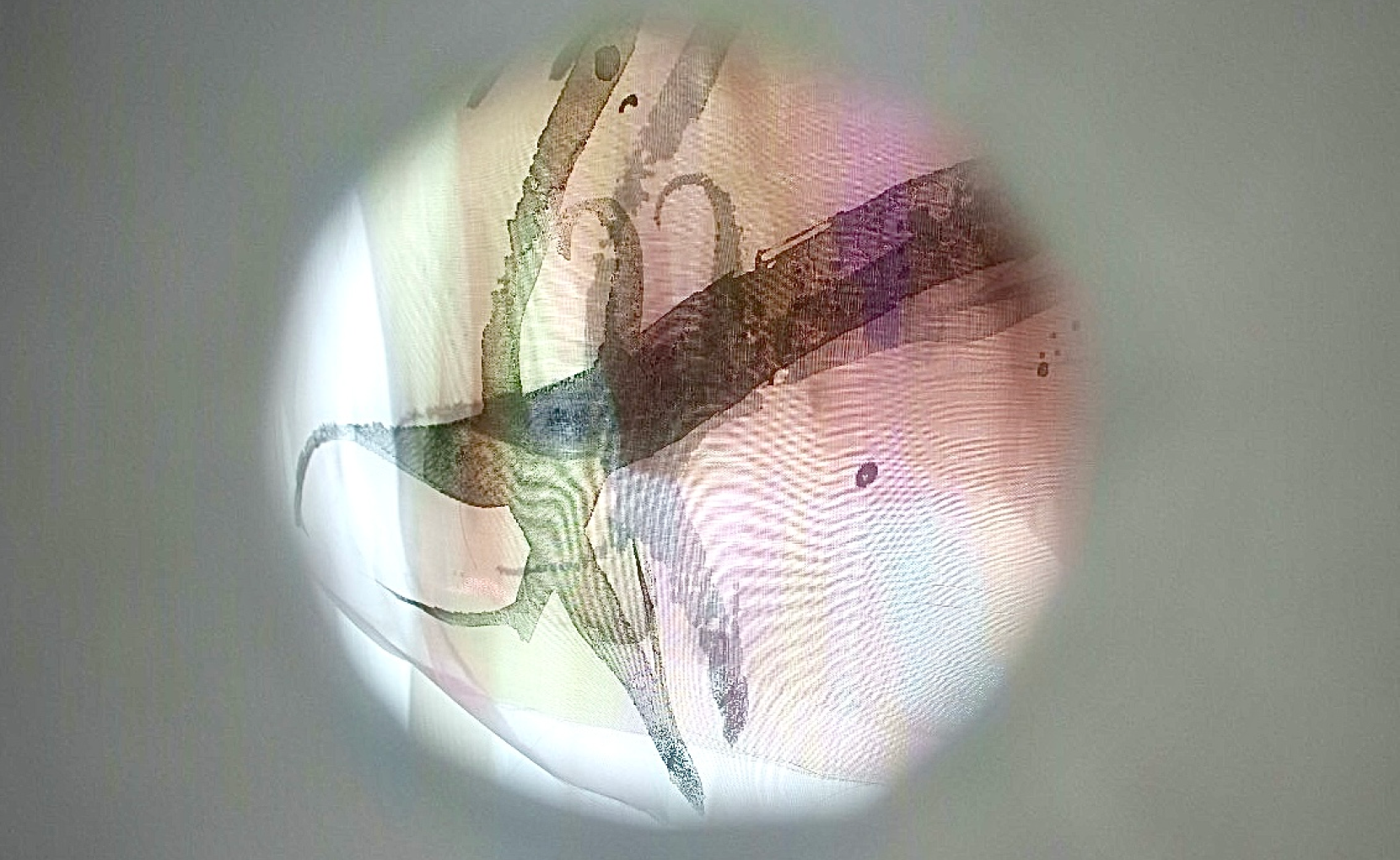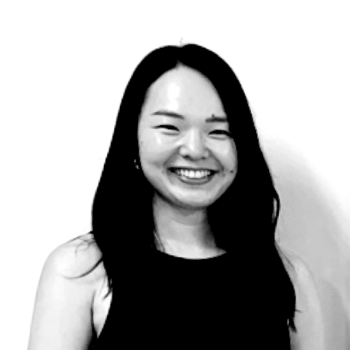12.Don’t look in
Rumi Honda(japan)

When told “Don't peek,” it makes one want to peek. That is human nature.
In this work, those who have peeked beyond the “Don't peek” sign will get a glimpse into their own heart.
The subject matter is the well-known Japanese folktale “Tsuru Nyobo” (The Crane Wife), which is said to have originated in Sado (*1).
Well-known folktales carry messages left by the people of the past for future generations.
This artwork revives what has been forgotten on Sado Island, which sees about 1,000 people move away every year.
The work changes what it reflects depending on where it is viewed. Through exploring “The Crane Wife,” it conveys a message about recognizing one's own greed and the lack of the sense of “knowing when enough is enough.” It encourages the realization that what one truly desires is already fulfilled and that it is that sense of fulfillment that must be regained.
The experience begins even before you arrive at the exhibition venue. As you make your way to Atsukushihiko Shrine, you can enjoy the beautiful rural landscape and feel the texture of the soil and leaves—not concrete—beneath your feet, inviting you into the world of the story.
This artwork uses eight pieces of fabric, which comes from the number eight in “O-yashima” (the Great Country of Eight Islands), the ancient name for Japan. Yashima refers to the eight islands of Honshu, Shikoku, Kyushu, Awaji, Iki, Tsushima, Oki, and this land, Sado.
Sado is often called a microcosm of Japan, and is home to about 1,700 species of plants from both northern and southern regions.
The island, referred to as a geopark, is known for its beautiful nature, and appeals to our hearts with the message: “The quality of true essence cannot be taken away by anyone. It is there, just as is, as it is.”
There is another artwork displayed at the venue, featuring “Senbazuru,” a thousand origami cranes.
When the war in Ukraine began, my heart ached from the brutality, and I created this work to wish for a peaceful world, which cannot come soon enough. The cranes symbolize peace, and carry meanings of anti-war, non-nuclear, and prayers for healing.
Two years have passed since its creation, and the war is still ongoing.
Strangely enough, there is apparently a Ukrainian folktale called “The Lame Duckling” that is very similar to “The Crane Wife.”
Kindness begets kindness, but if promises are broken…
*1 Synopsis of “The Crane Wife”
Once upon a time, there was a poor but kindhearted man. One day, he helped an injured crane, and later, a beautiful girl visited his home and became his wife.
She had the man promise to never look inside of her room, where she would weave exceptionally beautiful fabrics. However, the man broke his promise and peeked inside.
There, he saw the crane he had helped, its entire body red and raw, having plucked its own feathers to weave the fabrics. "Even after all those promises, you looked," said the crane. "Now that you have found out my true identity, I cannot stay here any longer." The crane then flew away into the beautiful sunset sky.
Art Details
- Art Number:12
- Year of Production:2024
- Exhibition Period:August 11 (Sun) , 2024 - November 10 (Sun) Closed on Tuesdays and Wednesday (excludes national holidays)
- Admission Fee:¥0
Venue & Access
- Location:Atsukushi Shrine
- Opening Hours:August-September: 10:00-17:00,October-November: 10:00-16:00
- Closed:Closed on Tuesdays and Wednesdays
- Parking:Temporary parking lot →View the location of the parking lot
- Notes:Entry into the farm road is prohibited

Rumi Honda
Abstract Calligrapher / Born in 1989 in Yamanashi, currently based in Kanagawa.
Picked up a brush at the age of 5 and apprenticed to Amamiya Suien. Studied calligraphy at Genen Calligraphy Association until 2016.
1998 Won numerous awards including the Yamanashi Prefecture Governor's Prize and the Prefecture Association of Towns and Villages Chair’s Prize at the YBS Seated Calligraphy Contest, awards at the Kenshin Calligraphy Exhibition, the Yomiuri Shoho Exhibition, and more.